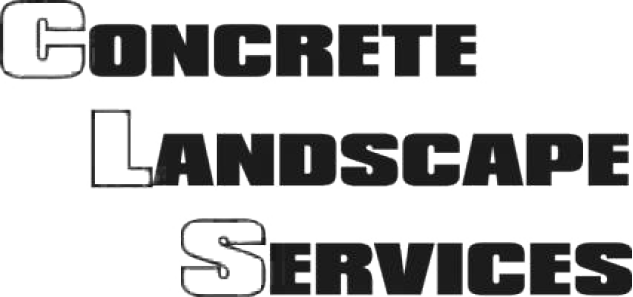
As we enter into the new year many might be wondering a good fertilizer to use for this upcoming winter season. Here at CLS we fertilize on the calendar quarter, every Jan, Apr, Jul. & Oct. applying different types of fertilizer depending on the season. You might be wondering what type of fertilizers you can use to keep your sod areas looking green. Fertilizers are used for a number of different things, depending on what your lawn or plant material is lacking. Fertilizers have a number of different chemicals present in each bag but 3 in particular are the main components that differ each bag from another. Those three ingredients are Nitrogen (N), Phosphorus (P) and Potassium (K). The higher the number, the higher the percentage of appropriate material there is in each bag.
Nitrogen is the first number on each bag (N-P-K). Nitrogen in simple form is used to help green up lawn. Normally fertilizers with high Nitrogen levels are used in the fall to help green up leaves or sod. Nitrogen helps produce chlorophyll, chlorophyll is what plants use to create energy that allows plants to then be able to grow faster, taller and fuller. Plants that are lacking energy creation (chlorophyll) will have more browning apparent and slower growth rates. Nitrogen assist in the creation of chlorophyll which allows you to have healthy landscape.
Phosphorus is represented by the second number on each fertilizer ID. Phosphorus is responsible for root development, and increases flowering ability and bloom size for flowering plants and shrubs. Phosphorus is normally used when flowering season is going to begin for a new shrub or the installation of a new plants or sod material. The root development is key in assisting plants having a good start.
The final percentage that is presented is the Potassium number. Potassium is what I like to say is an all around nutrient source. It helps in protecting against disease, cold and helping in the photosynthesis process. Potassium is used at the start of the winter and beginning of the summer to help in temperature extremes.
Fertilizer is broken down into the 3 categories listed above. Each number represents the percentage of material in the bag. A 24–8–4, is 24% Nitrogen, 8% Phosphorus and 4% Potassium. This example would be a great source for chlorophyll development and increasing growth in your sod and plant material.
CLS will be applying fertilizers that our high in NItrogen and Potassium in this upcoming month. We will use the fertilizer to assist in chlorophyll development as well as helping with extreme temperatures. Any fertilizer with a high percentage in Nitrogen will help in the greening of your lawn during this winter season.
As a added bonus for reading this article you can schedule to have your Winter Fertilizing done by CLS. Give us a call today to schedule your Winter Fertilizing!!
Concrete Landscape Services
916-805-1911
Please follow & like us 🙂
![]() 70
70![]()
![]() https://concrete-landscape.com/wp-admin/admin-ajax.php?_panelsnonce=6546079c8b”>
https://concrete-landscape.com/wp-admin/admin-ajax.php?_panelsnonce=6546079c8b”>![]() 9
9![]() Follow
Follow ![]() 0
0![]()


Recent Comments